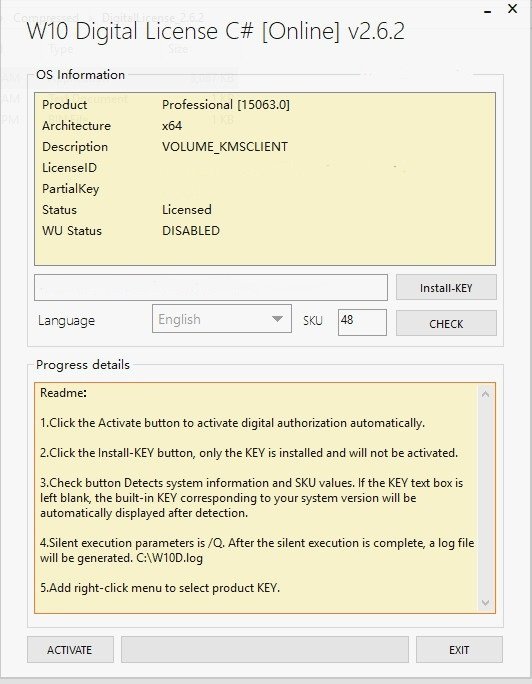

Volume licenses are distributed to large organizations such as educational institutes, businesses, and governments. On the other hand, if you purchased a Windows 10 license from the online Microsoft Store or an authorized retailer, you most likely have a retail license. If your laptop or PC came pre-installed with Windows 10, then you probably have an OEM license. Once you understand the type of Windows 10 license you have, you can correctly determine whether or not your license is transferable to another PC.

So if you attempt to use a product key of a non-transferable license, the Windows Activation Server will not validate your license. Licenses distributed through the OEM (Original Equipment Manufacturer) and volume channel for enterprise users are non-transferrable.Įvery Windows 10 license is bound to the computer motherboard. You can only transfer a Windows 10 license if you purchased it through a retail channel. And while slmgr can deactivate any retail key (a key you purchased separately), it will only activate a key that matches the installed operating system.Microsoft is quite strict with license transfer regulations, and unfortunately, not all Windows 10 licenses are transferable. Manufacturers embed these keys to the hardware on which they originated, and transferring them to new devices won’t work. This won’t work for OEM keys, which are keys that came with a computer you bought in a store. The slmgr command makes this reasonably straightforward, but you’ll want to keep in mind a few limitations. The good news is, it’s possible to deactivate a PC you no longer intend to use, then transfer that license to a new computer. So paying for another license when you want to decommission an old computer in favor of a new one isn’t a great option. And it’s not a good idea to buy cheap keys from sketchy websites.

At $100 to $200, an official product key from Microsoft costs about the same as a 1 TB solid-state drive, 16 GB of RAM, or a motherboard.

Deactivate an Old PC Instead of Buying a New License


 0 kommentar(er)
0 kommentar(er)
